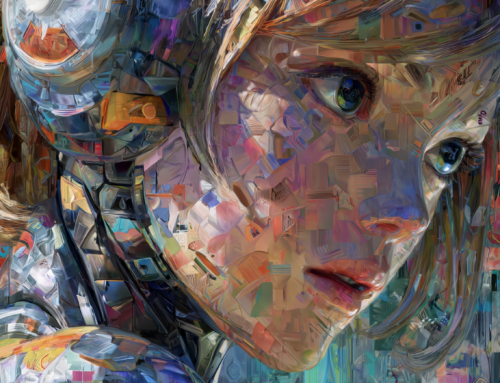
Research teams at the University of California, Berkeley’s Hybrid Robotics Lab are training quadrupedal robots, like the Mini Cheetah, developed by MIT, to play sports. (Source: MIT)
Researchers at UC Berkeley Robotics Lab Teach Robotic Mini Cheetah to Block Goals
In most places around the world, people call the sport football. In America of course we call it soccer. Whether you call it soccer or football there is no doubt it is the biggest sport in the world. The FIFA World Cup is being played over the Christmas holidays this year in Qatar. There will be 32 teams from around the globe competing and all of the players will be 100% human. For now.
An article from spectrum.ieee.com reveals a brand new addition to the game of soccer. And it isn’t human. Say hello to Mini Cheetah from the research teams at the University of California, Berkeley’s Hybrid Robotics Lab. The researchers published their study on the Mini Cheetah and how they adapted its abilities developed at arXiv.com.
The best professional football goalkeepers in the English Premiere League are able to save almost, but not quite, 80 percent of shots taken on goal. This is very good. But it’s not as good as the 87.5 percent of shots that a 9-kilogram quadrupedal robot can block: In its tiny goal, and versus tiny children taking tiny shots, Mini Cheetah turns out to be an excellent goalie.
Some ask what the point is of training robots to play sports, but researchers say it has practical applications. Not only is it a “challenging problem” involving highly dynamic locomotion with object manipulation, it also teaches the robot to move its body dynamically while also making sure that its feet (or face) ends up where it needs to be in time to block the ball. That requires combining the right locomotion controller with a planner for the end-effector trajectory to get the robot where it needs to be in split seconds.
The AI, math, science, physics, and robotics involved in training the dog goalie are more than enough to keep grad students busy on a long weekend at the university.
“The approach to solving this was to train Mini Cheetah on a set of useful goalkeeping skills: sidestepping for intercepts near the robot and close to the ground, diving to reach the lower corners of the goal, and jumping to cover the top of the goal and the upper corners. The idea (or hope?) is that all of these skills are recoverable and that the robot will end up making a safe landing on its feet afterward. But as with human goalies, that’s a secondary concern behind making a successful save. A reference motion for each skill is manually programmed, and then the system is trained in simulation before being transferred directly to the robot. Intercepting the ball involves the system choosing which skill will get a piece of the robot to intersect the ball’s trajectory in the most stable and energy-efficient way.”
Is it now just a matter of time before Mini Cheetah is transformed into Robo Pele and full-sized robots will be scoring an unheard amount of goals against their human opponents? With robotics and AI, it seems anything is possible.
read more at spectrum.ieee.org







Leave A Comment